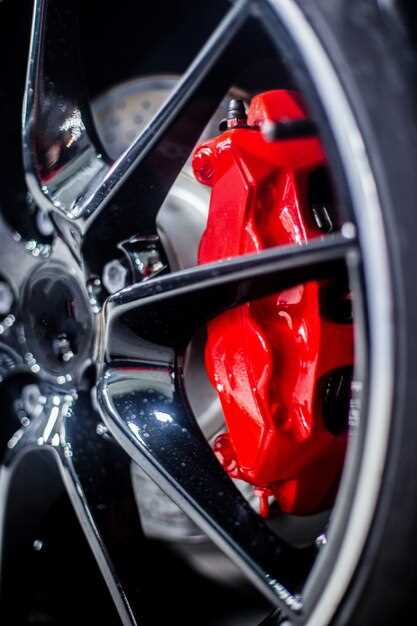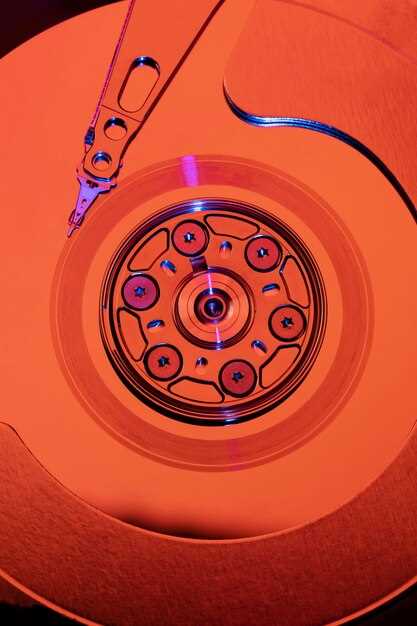
Classic cars are beloved not only for their aesthetic beauty but also for the driving experience they provide. However, as the years go by, the original braking systems in these vehicles often fail to meet modern safety standards and performance expectations. Upgrading the braking system is essential not only for performance enhancement but also for ensuring driver and passenger safety.
This article explores some of the best brake upgrade options available for classic cars, covering various aspects such as compatibility, performance improvements, and installation considerations. From disk brake conversions to advanced brake pads and a range of aftermarket parts, there are numerous solutions designed to optimize braking efficiency while maintaining the classic feel that enthusiasts cherish.
Whether you’re a seasoned car collector or a casual enthusiast looking to enhance your classic ride, understanding the available brake upgrade options is crucial. Not only do these upgrades contribute to better stopping power, but they also reinforce your vehicle’s overall driving dynamics. Dive into the world of brake upgrades as we unveil the top choices for classic car owners seeking reliability and enhanced performance.
Choosing the Right Brake Kit for Your Classic Car Model

Selecting the appropriate brake kit for your classic car requires careful consideration of several factors. First, identify your vehicle’s make, model, and year to ensure compatibility with available brake kits. Each classic car may have unique requirements based on its design and intended use.
Next, assess your performance needs. Determine whether you need standard replacement brakes for daily driving, or if you’re looking for high-performance options for spirited driving or track use. Upgraded brake kits often include larger rotors, performance pads, and enhanced calipers that provide better stopping power and reduced brake fade.
Additionally, consider the type of braking system currently installed in your classic car. Many classic vehicles feature drum brakes which can often be upgraded to disc brakes for improved performance. Evaluate the level of modification you are comfortable with, as some installations may require custom brackets or modifications to your vehicle’s suspension.
Understand the materials used in the braking system. Premium brake pads and rotors made from composite materials can significantly enhance braking performance and longevity compared to standard options. Look for kits that specify the materials used and ensure they align with your driving style.
Another important factor is the budget. Brake kits vary widely in price, so establish a range that works for you. Higher-priced kits generally offer better quality and performance features. However, it is possible to find reliable mid-range options that still meet your performance needs without breaking the bank.
Finally, read reviews and seek advice from other classic car enthusiasts or professional mechanics. Their experiences can provide valuable insight into which brake kits perform well under real-world conditions. Always ensure that the supplier or manufacturer has a good reputation for customer service and product quality.
Installation Tips for Upgrading to Disc Brakes

Upgrading to disc brakes can significantly enhance the stopping power and safety of your classic car. Here are essential tips to ensure a successful installation:
-
Choose the Right Kit:
Select a disc brake conversion kit compatible with your vehicle. Research options from reputable manufacturers that offer complete kits, including calipers, rotors, and mounting hardware.
-
Gather Necessary Tools:
Before starting the installation, ensure you have the following tools:
- Jack and jack stands
- Socket set
- Wrenches
- Screwdrivers
- Torque wrench
- Brake line wrenches
- Brake fluid
-
Prepare the Vehicle:
Park the car on a flat surface and secure it with wheel chocks. Use the jack to lift the front or rear end as needed, and support it on jack stands.
-
Remove Old Components:
Begin by removing the old drum brakes. This includes:
- Removing the wheel
- Detaching the brake drum
- Disconnecting the brake lines carefully
- Removing the backing plate and associated hardware
-
Install the Disc Brake Components:
Follow these steps for installation:
- Attach the new brake backing plate to the axle.
- Install the new caliper brackets and ensure they are securely fastened.
- Mount the rotors onto the wheel hubs.
- Attach the calipers onto the brackets, ensuring proper alignment.
- Connect the brake lines to the new calipers.
-
Bleed the Brakes:
After installation, it’s crucial to bleed the brake lines to remove any air. Follow these steps:
- Fill the brake reservoir with fresh brake fluid.
- Have an assistant pump the brake pedal while you open the bleed screws, allowing the air to escape.
- Close the bleed screws and check the brake pedal feel for firmness.
-
Double-Check Everything:
Before driving, verify that all components are securely fastened and that there are no leaks in the brake lines. Ensure the wheels can rotate freely and the brakes engage properly.
-
Test Drive:
Finally, perform a test drive in a safe area to ensure that the brakes function correctly. Accelerate and brake gradually to verify responsiveness.
With careful installation and attention to detail, upgrading to disc brakes can rejuvenate your classic car’s braking performance, providing you with enhanced safety and control on the road.
Essential Maintenance Practices for Enhanced Brake Performance
Regular maintenance is crucial for ensuring optimal brake performance in classic cars. This includes routine inspections and component replacements that prevent deterioration and enhance safety.
First, routinely check the brake fluid level and condition. Brake fluid absorbs moisture over time, which can lead to corrosion and reduced braking efficiency. Flushing the brake fluid every two years can help maintain its integrity and responsiveness.
Next, inspect the brake pads and shoes for wear. Worn pads can lead to decreased braking power and potentially damage the rotors or drums. Replace them as needed, ensuring that they meet the specifications of your vehicle.
Additionally, regularly examine the brake rotors and drums. Look for signs of warping, scoring, or excessive wear. Uneven surfaces can lead to poor contact and reduced braking efficiency, necessitating resurfacing or replacement.
Don’t overlook the brake lines and hoses. Check for leaks, cracks, or bulges that may compromise hydraulic pressure. Replace any damaged lines immediately to maintain the integrity of the braking system.
Greasing the brake caliper slides and hardware is also essential. This prevents binding and ensures smooth operation of the braking system. Use high-temperature grease suitable for brake components.
Lastly, regular wheel alignment and tire inspection contribute to overall braking performance. Misaligned wheels can lead to uneven tire wear and affect stopping distances. Ensure proper alignment and maintain adequate tire pressure for optimal contact with the road.
By following these maintenance practices, classic car enthusiasts can significantly enhance brake performance, ensuring safety and reliability on the road.
